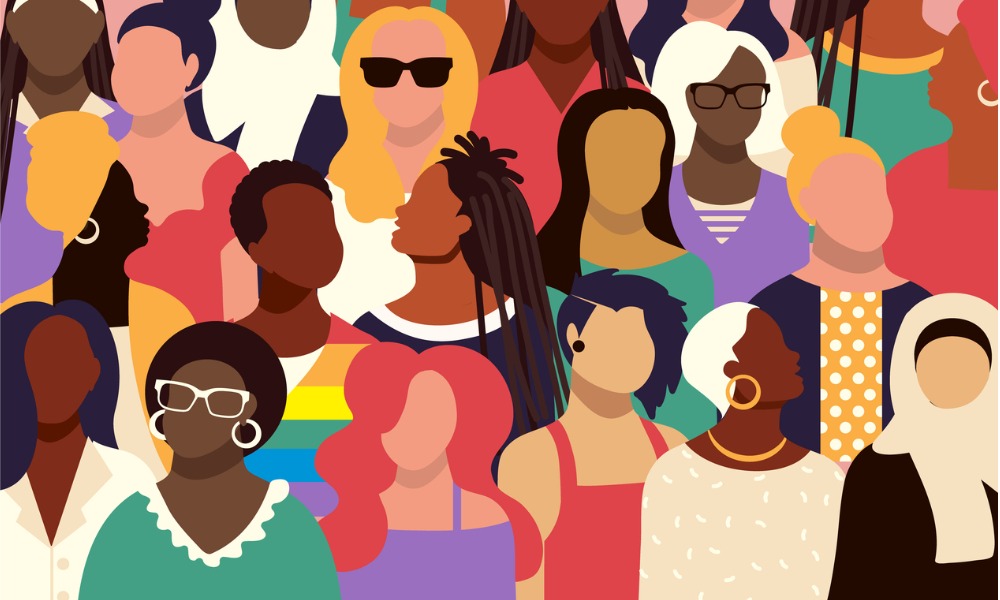'Organizations need to be aware of what they're signing up for': lawyer on impending AI legislation and what HR should know

A recent small claims court case that saw Air Canada attempt to lay blame on its own chatbot for wrong information given to a customer, is an indication that employers should be paying attention to Canadian AI legislation as it makes its way through the Senate.




